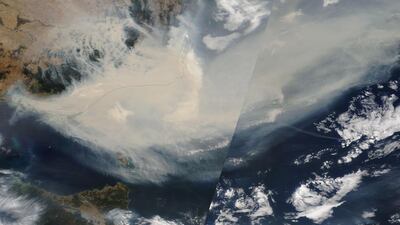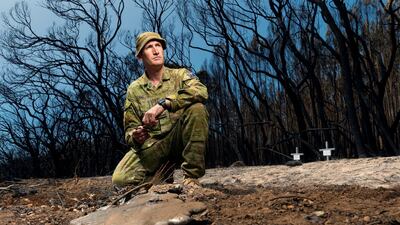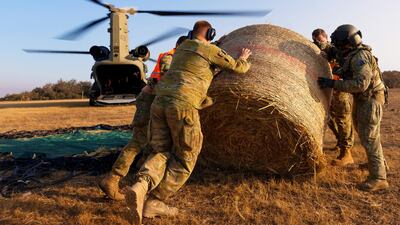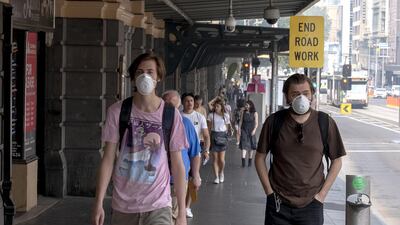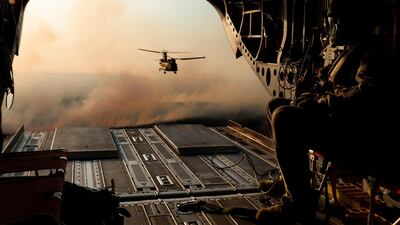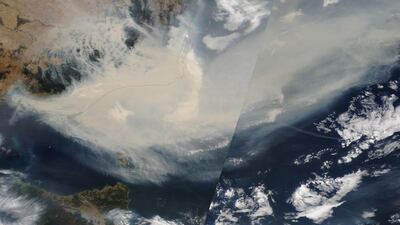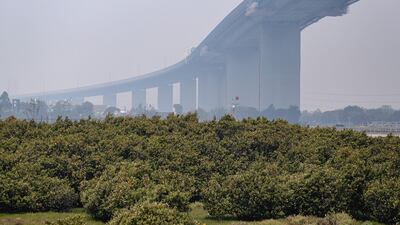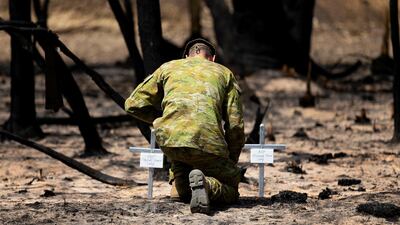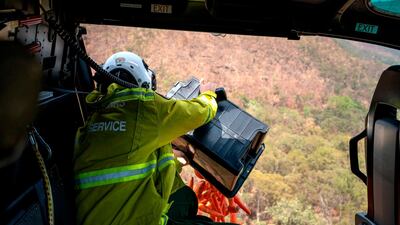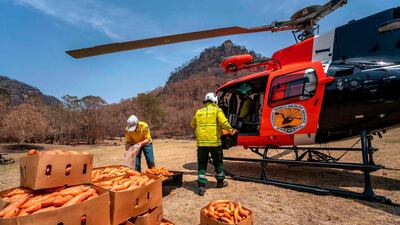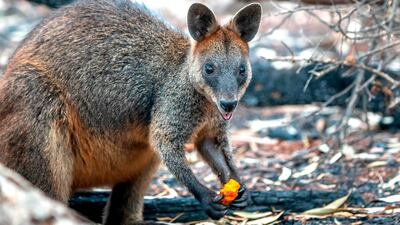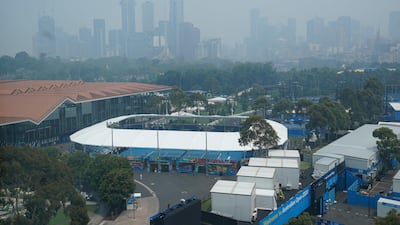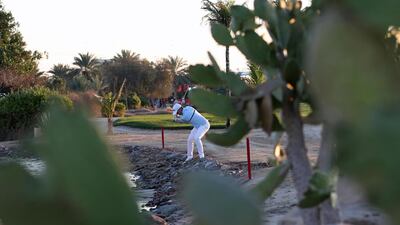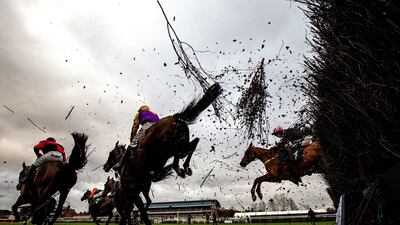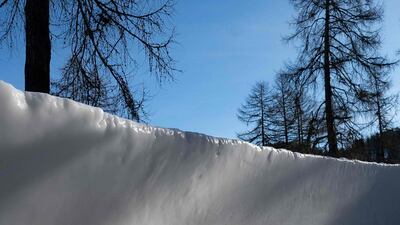Once was bad enough, but smoke from Australia’s devastating bushfires is set to return to the country to complete a round-the-world trip that has seen it impact on air quality as far away as South America.
By January 8, the smoke had made its way halfway around the world and will make at least one full circuit, according to scientists at NASA, citing satellite tracking data. New Zealand experienced severe air quality issues, while hazy skies and colourful sunsets and sunrises were seen in parts of Chile and Argentina.
“The fires in Australia are not just causing devastation locally,” NASA said in a media release. “The unprecedented conditions that include searing heat combined with historic dryness, have led to the formation of an unusually large number of pyrocumulonimbus events.”
The uplift of smoke and ash from the fires has triggered fire-induced thunderstorms, which provide a pathway for the smoke to travel more than 16 kilometres up into the stratosphere, NASA said.
“Once in the stratosphere, the smoke can travel thousands of miles from its source, affecting atmospheric conditions globally,” it said.
The fires have burned across an area twice the size of Switzerland causing at least 28 deaths and destroying thousands of homes. They have also pumped out more than half of the country’s annual carbon-dioxide emissions in another setback for the fight against climate change.
But hopes of containing Australia's months-long bushfire crisis rose on Tuesday with heavy rain forecast, but toxic smoke in Melbourne disrupted warm-up events for the year's first tennis Grand Slam.
Cool weather over recent days had already given some respite for exhausted firefighters spread out across vast swathes of the country, allowing some of the biggest blazes to be brought under control.
Heavy rain was forecast for some of the hotspots in the most populated eastern states of New South Wales and Victoria.
"It's some pretty good news," New South Wales Rural Fire Service Commissioner Shane Fitzsimmons said.
"We've been talking about it for months now, that January might see the first fall of decent rain, and that looks like what's coming along over the next few days."
The rain was set to begin across eastern Australia on Wednesday and last through the weekend, according to government meteorologist Sarah Scully.
"Hopefully some of this heavy rainfall will fall over some of the fire sites and help control or even extinguish some of those fires," Scully said.
However, dozens of fires remained out of control and, with many weeks of hot weather still expected throughout the rest of Australia's summer, there was no suggestion the crisis would completely end soon.
Toxic smoke from the blazes also blew overnight into the Victorian capital of Melbourne, which is due to stage the Australian Open tennis tournament beginning next week.
Pollution in Melbourne, which is normally ranked as among the world's most liveable cities, was rated "hazardous", and health authorities warned people to stay indoors.
World number one Rafael Nadal and other stars abandoned outdoor practice sessions and hit indoors.
But Australian Open qualifying rounds went ahead after a two-hour delay in the morning, causing anger and confusion for some players who said matches should have been cancelled for the day.
Slovenian Dalila Jakupovic, ranked 201 in the world, had to retire from her match after suffering a coughing fit, and she later blamed the smoke.
"I was really scared that I would collapse... it's not healthy for us," she told reporters.
"I was surprised, I thought we would not be playing today but we don't have much choice."
Mandy Minella, the world number 140 from Luxembourg, also voiced her opposition on Twitter.
"Shocked to see that qualifying matches have started @Australian Open, What about the health of all the people that have to work out there, especially the ballkids?" she tweeted.
An exhibition match involving former world number one Maria Sharapova was also called off because of the smoke.
The hazy conditions were not expected to last all week in Melbourne, with a change in wind direction and the forecast wet weather set to clear the city's air by Wednesday night.
However, Tuesday's drama raised concerns about whether the two-week Australian Open, which is often played in extreme heat, could be interrupted by another smoke surge.
Novak Djokovic, president of the ATP players council, had already said last week that the tournament may need to be delayed if the pollution levels were too high.
Organisers have said there is little chance of it being delayed.
The bushfires have killed at least 27 people, destroyed more than 2,000 homes and burnt 100,000 square kilometres of land – an area larger than South Korea or Portugal.
Australia endures bushfires every summer.
However, climate change and a prolonged drought have contributed to the current crisis, with the blazes starting much earlier than normal and lasting for far longer.
Australia experienced its driest and hottest year on record in 2019, with its highest average maximum temperature of 41.9 degrees Celsius recorded in mid-December.
The fires have prompted an outpouring of donations from around the world to help communities and devastated animal populations.
Environmental groups estimate 1 billion animals have been killed, many of them unique to Australia.
The country's environment minister Sussan Ley has warned that in some areas, koalas may have to be reclassified as endangered.
